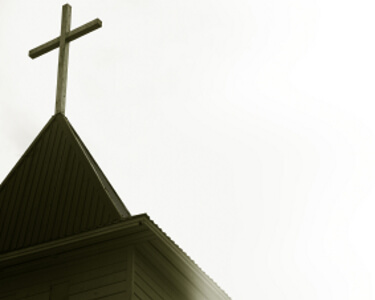
“on the precipice of a period of decline,” says research guru George
Barna after his research firm’s latest report on the state of mainline
denominations.
Although The Barna Group study
recognized a recent 10-year stability in the six major
denominations-American Baptist Churches in the USA; the Episcopal
Church; the Evangelical Lutheran Church in America; the Presbyterian
Church (USA); the United Church of Christ; and the United Methodist
Church-overall membership is a small fragment of what it was 60 years
ago, when the denominations dominated the country’s Protestant
landscape.
Today only 15 percent of American adults
attend a mainline church, which on the average consists of almost 100
people. Although those numbers remained consistent during the last
decade, Barna found indications of an imminent decline based on such
factors as a sharp decrease in adults with children under the age of
18. In addition, almost 40 percent of mainline church attendees are
single.
With the rise of evangelical and
Pentecostal churches since the 1950s, mainline churches have struggled
to attract younger adults and minorities-particularly Hispanics, who
make up more than 16 percent of the U.S. population but only 6 percent
of the mainline church.
In addition, volunteerism is down (21
percent since 1998), as is adult Sunday school participation (17
percent since 1998). On the flip side, the average age of the mainline
pastor is getting older (48 in 1998, 55 today), while these pastors
only remain with a congregation an average of four years, compared to
twice that length for non-mainline church leaders.











































